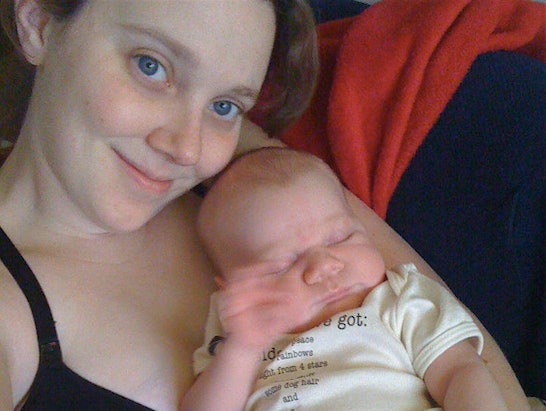

2002 109:632–5.ĭe Miranda E, van der Bom JG, Bonsel GJ, Bleker OP, Rosendaal FR. Sweeping of membranes in formal induction of labour. Sweeping of the membranes at 39 weeks in nulliparous women: a randomized controlled trial. Sweeping of the membranes is an effective method of induction of labour in prolonged pregnancy. Stretching of the cervix and stripping of the membranes at term: a randomized controlled study. Goldenberg M, Dulitzky M, Feldman B, Zolti M, Bider D.
Membrane sweep at 39 weeks success rate trial#
A randomized controlled trial of membrane stripping at term to promote labour.

Wiriyasirizvaj B, Vutyavanich T, Ruangsri R. Stripping/sweeping the membranes for inducing or preventing post-term pregnancy. Sweeping the membranes to prevent post-term pregnancy and to induce labour: a systematic review. Parturitional factors associated with membrane stripping. McColgin SW, Bennet WA, Roach H, Cowan BD, Martin JN, Morrison JC.

Chronic stimulation of uterine prostaglandin synthesis during cervical ripening before the onset of labor. Keirse MJ, Thiery M, Parewijck W, Mitchell MD. Rapid increase in plasma prostaglandin concentrations after vaginal examination and amniotomy. Mitchell MD, Flint APF, Bibby J, Brunt J, Anderson ABM, Turnbull AC. The role membrane stripping in prevention of post term pregnancy: a randomized clinical trial in Ile-Ife, Nigeria.

Edinburgh,UK: Livingstone,1954.ĭare FO, Oboro VO. Historical Review of British Obstetrics and Gynaecology. Royal College of Obstetricians and Gynecologists. Postterm pregnancy: should all women have labour induced? A review of the literature. Prolonged pregnancy: Evaluating gestation specific risks of fetal and infant mortality. Oxoford, UK: Oxoford University Press.1989 765-75. Effective Care in pregnancy and Childbirth. In Chalmers I, Enkin MW, Keirse MJNC, editors. Postterm pregnancy: magnitude of the problem. A functional definition of prolonged pregnancy based on daily fetal and neonatal mortality rates. 2004.ĭivon, MY, Ferber, A, Sanderson, M et al. Hence reduces the post term pregnancy, need for induction of labour and related risks in low pregnancies.Īmerican College of Obstetricians and Gynecologists.
Membrane sweep at 39 weeks success rate serial#
Conclusions: Serial membrane sweeping is both safe and effective in the prevention of pregnancy beyond 41 weeks. No other maternal or fetal complications noted. Significant number in control group had meconium stained liquor. The prevention remained consistent and not dependent on parity and bishop score. There is significantly less need of oxytocin in study group. Results: Significant number of women had spontaneous onset of labor before 41 weeks (47/48) and delivered vaginally in contrast to control group (23/50). Outcome measures include spontaneous onset of labor, mode of delivery, need of oxytocin for augmentation and maternal and fetal complications. Labor was induced in women of both the groups who continued pregnancy beyond 41 weeks. There was no intervention up to 41weeks in the control group. Methods: Participants were randomly assigned to serial membrane sweeping every 48 hours starting from 40 weeks until the labour commencement or up to 41 weeks of gestation. Our aim was to assess the safety and efficacy of serial membrane sweeping in prevention of post term pregnancies. To improve the success rate of this method, multiple attempts of sweeping has been tried and found to be effective and safe. Membrane sweeping is old and simple method to promote onset of labor. Elective induction of labor at 41 weeks gestation is practiced routinely to improve the outcome. Background: Prolonged pregnancy is associated with increased perinatal mortality and morbidity.


 0 kommentar(er)
0 kommentar(er)
